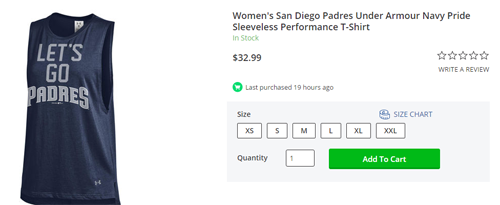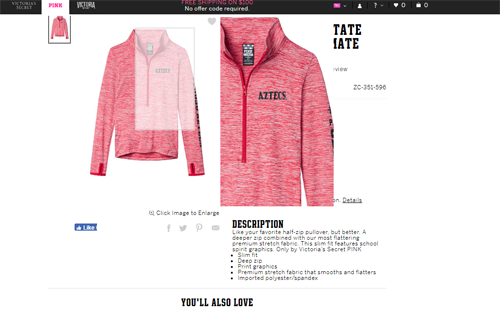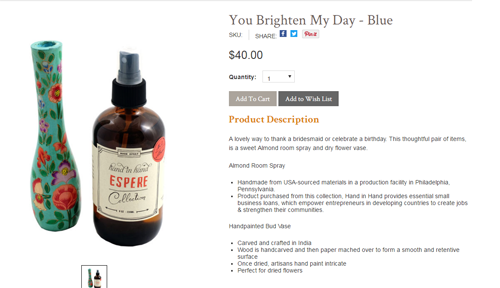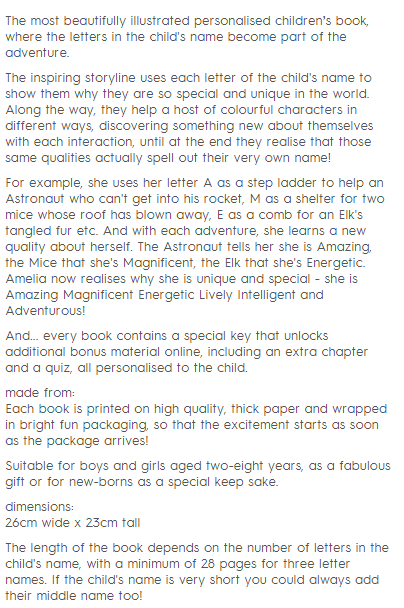Create Perfect Product Descriptions

Consumers have the retail world at their fingertips with a competitor's site always just a click away.
Product descriptions have the potential to not only be a deciding factor in whether a shopper will buy or not, but also how both on-site search and search engines serve up relevant items for people's queries. For some help crafting perfect product descriptions, check out some tips below:
1. Prioritize Reviews
Creating the perfect product descriptions starts without the brand writing anything at all. There's nothing a brand can write that will be as influential as what a verified buyer can offer. It can be tough to get the first review on a product, but they are what shoppers turn to in order to get unbiased and descriptive product descriptions. Plus, fellow consumers tend to type like they talk, so this will aid in search discovery.
For example, there are not any reviews left for the product offered on MLB Shop (shown below). By only having a single, static product image, shoppers are likely going to need more information on which to base their decision and reviews could certainly help.
2. Be Descriptive
Writing copy that sells is writing copy that speaks to an actual consumer and conveys the benefits they will receive. It is unlikely that a person looking for San Diego Padres gear, for instance, is using "sleeveless performance T-shirt" to search for it or "HeatGear technology" or "hit a home run for your fandom" - nor is that verbiage that will compel them to buy or understand how the item will fit (see image). Descriptors like "boxy," "loose fitting" or "deep sidecut muscle tank tank top" would serve the shopper better considering they have no reviews or alternative views of the product to help.
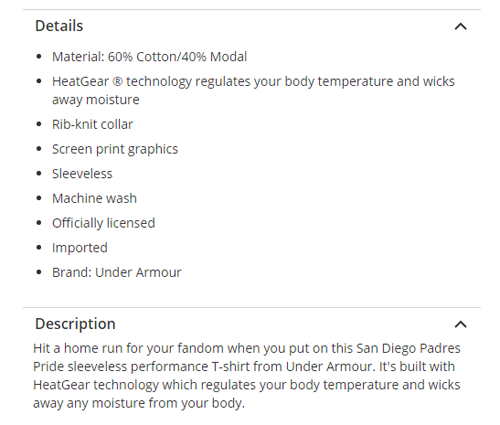
Victoria's Secret, however, does a much better job describing its athletic wear in that shoppers can zoom in on the product as well as understand how it will fit. The copy includes words like, "flatttering," "stretch" and "slim fit" - all of which paint a much more visual description.
Plus, the pull-over has just a single, but helpful product review, which informs shoppers that the item runs a "little bit smaller," has "thumbholes" and that it will work for people with "skinny arms" and "no belly fat." Brands just can't include that type of wording, but it's so helpful for the shopper. Even though there are some negative aspects to the review, it is informative and will likely help some shoppers convert and others look for a better item for them (and reduce returns in the process).
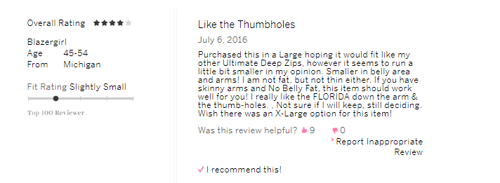
3. Make it Editorial
Savvy brands are going beyond 50-word (ish) product descriptions and are creating editorial-style product pages that expand what they can say about an item and how that is laid out on a page. Lovesac, for example, creates a blog-type product page, which includes a traditional product description. It then expands that description into what appears like answers to commonly asked questions with sections such as "washable," "moveable" and "durable." With a high price point (the one shown here is $1,375), Lovesac is very smart to include as much content as they can and display it in such a modern way.


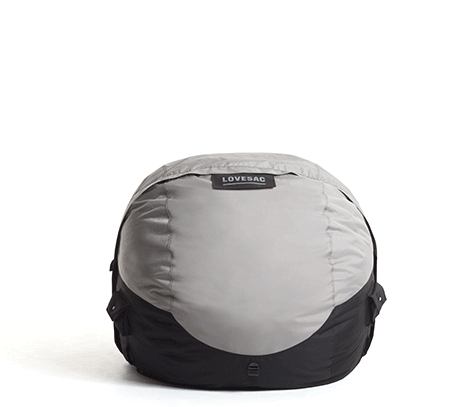
4. Tell a Story
If an item would make a perfect gift for X, Y or Z, retailers should state that in their product descriptions. Greenheart Shop provides examples of how the product below can be used as well as how it was crafted and by whom. A charitable aspect is also included, as purchases of the item helps provide small business loans to aspiring entrepreneurs in developing countries.
5. Appeal to Emotions
Whether it's relaxing in a comfy chair at the end of a hard day's work or telling a story to a little one before bedtime, people want to visualize how they will use a product; appealing to their emotions is a surefire way to get them buying. Not On the High Street offers a very detailed description of their personalized storybooks complete with phrases like, "The inspiring storyline uses each letter of the child's name to show them why they are so special and unique in the world." How could a parent resist?
The company also includes how the books are crafted, sets expectations about how long the books will be and provides details about who the product is suitable for, "...boys and girls aged two-eight years, as a fabulous gift or for new-borns as a special keep sake." Since they are emotionally invested, it's not out of the realm of possibility that a shopper will read the lengthy description in its entirety but Not On the High Street could benefit from adding some bullet points, subtitles or other formatting elements to their description to appeal to shoppers who prefer to "scan" for relevant info.
Get Writing
Approach product descriptions with questions like who will use this, how will they use it and why will they use it? Answering those fundamental questions can help create product descriptions that convert.

Subscribe to Our Newsletter!
Latest in Marketing








